Space Shuttle
- pilot55kassas55
- 18 أغسطس 2022
- 7 دقيقة قراءة
The Space Shuttle is a retired, partially reusable low Earth orbital spacecraft system operated from 1981 to 2011 by the U.S. National Aeronautics and Space Administration (NASA) as part of the Space Shuttle program. Its official program name was Space Transportation System (STS), taken from a 1969 plan for a system of reusable spacecraft where it was the only item funded for development. The first (STS-1) of four orbital test flights occurred in 1981, leading to operational flights (STS-5) beginning in 1982. Five complete Space Shuttle orbiter vehicles were built and flown on a total of 135 missions from 1981 to 2011, launched from the Kennedy Space Center (KSC) in Florida. Operational missions launched numerous satellites, interplanetary probes, and the Hubble Space Telescope (HST), conducted science experiments in orbit, participated in the Shuttle-Mir program with Russia, and participated in construction and servicing of the International Space Station (ISS). The Space Shuttle fleet's total mission time was 1,323 days.
Space Shuttle components include the Orbiter Vehicle (OV) with three clustered Rocketdyne RS-25 main engines, a pair of recoverable solid rocket boosters (SRBs), and the expendable external tank (ET) containing liquid hydrogen and liquid oxygen. The Space Shuttle was launched vertically, like a conventional rocket, with the two SRBs operating in parallel with the orbiter's three main engines, which were fueled from the ET. The SRBs were jettisoned before the vehicle reached orbit, while the main engines continued to operate, and the ET was jettisoned after main engine cutoff and just before orbit insertion, which used the orbiter's two Orbital Maneuvering System (OMS) engines. At the conclusion of the mission, the orbiter fired its OMS to deorbit and reenter the atmosphere. The orbiter was protected during reentry by its thermal protection system tiles, and it glided as a spaceplane to a runway landing, usually to the Shuttle Landing Facility at KSC, Florida, or to Rogers Dry Lake in Edwards Air Force Base, California. If the landing occurred at Edwards, the orbiter was flown back to the KSC atop the Shuttle Carrier Aircraft (SCA), a specially modified Boeing 747.
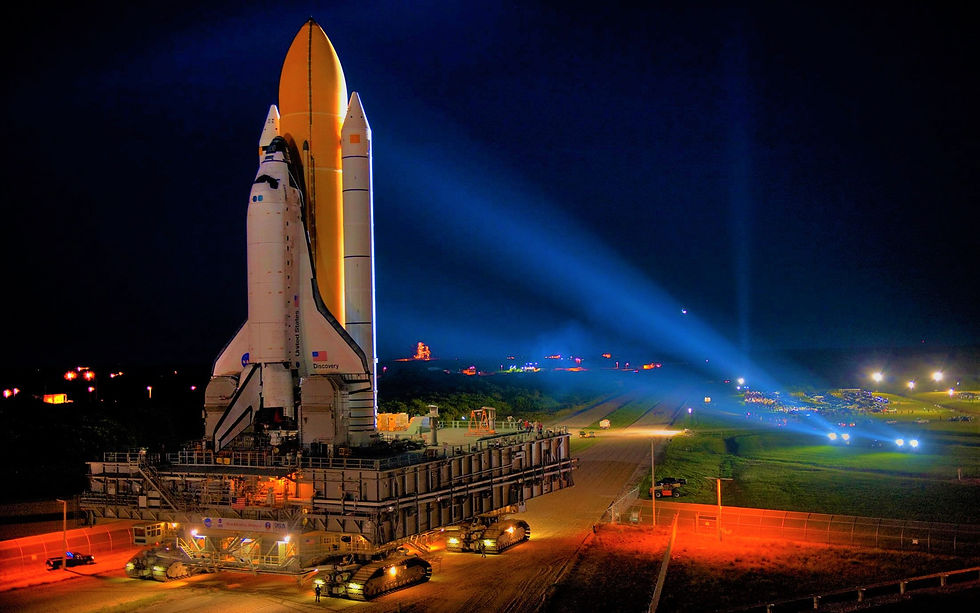
Space Shuttle Parts
the Space Shuttle consists of three parts, tow Rockets for launch and External Tank to provide propellant to the Space Shuttle Main Engines from liftoff until main engine cutoff.

External Tank (ET)
The Space Shuttle external tank (ET) carried the propellant for the Space Shuttle Main Engines, and connected the orbiter vehicle with the solid rocket boosters. The ET was 47 m (153.8 ft) tall and 8.4 m (27.6 ft) in diameter, and contained separate tanks for liquid oxygen and liquid hydrogen. The liquid oxygen tank was housed in the nose of the ET, and was 15 m (49.3 ft) tall. The liquid hydrogen tank comprised the bulk of the ET, and was 29 m (96.7 ft) tall. The orbiter vehicle was attached to the ET at two umbilical plates, which contained five propellant and two electrical umbilicals, and forward and aft structural attachments. The exterior of the ET was covered in orange spray-on foam to allow it to survive the heat of ascent.
The ET provided propellant to the Space Shuttle Main Engines from liftoff until main engine cutoff. The ET separated from the orbiter vehicle 18 seconds after engine cutoff and could be triggered automatically or manually. At the time of separation, the orbiter vehicle retracted its umbilical plates, and the umbilical cords were sealed to prevent excess propellant from venting into the orbiter vehicle. After the bolts attached at the structural attachments were sheared, the ET separated from the orbiter vehicle. At the time of separation, gaseous oxygen was vented from the nose to cause the ET to tumble, ensuring that it would break up upon reentry. The ET was the only major component of the Space Shuttle system that was not reused, and it would travel along a ballistic trajectory into the Indian or Pacific Ocean.
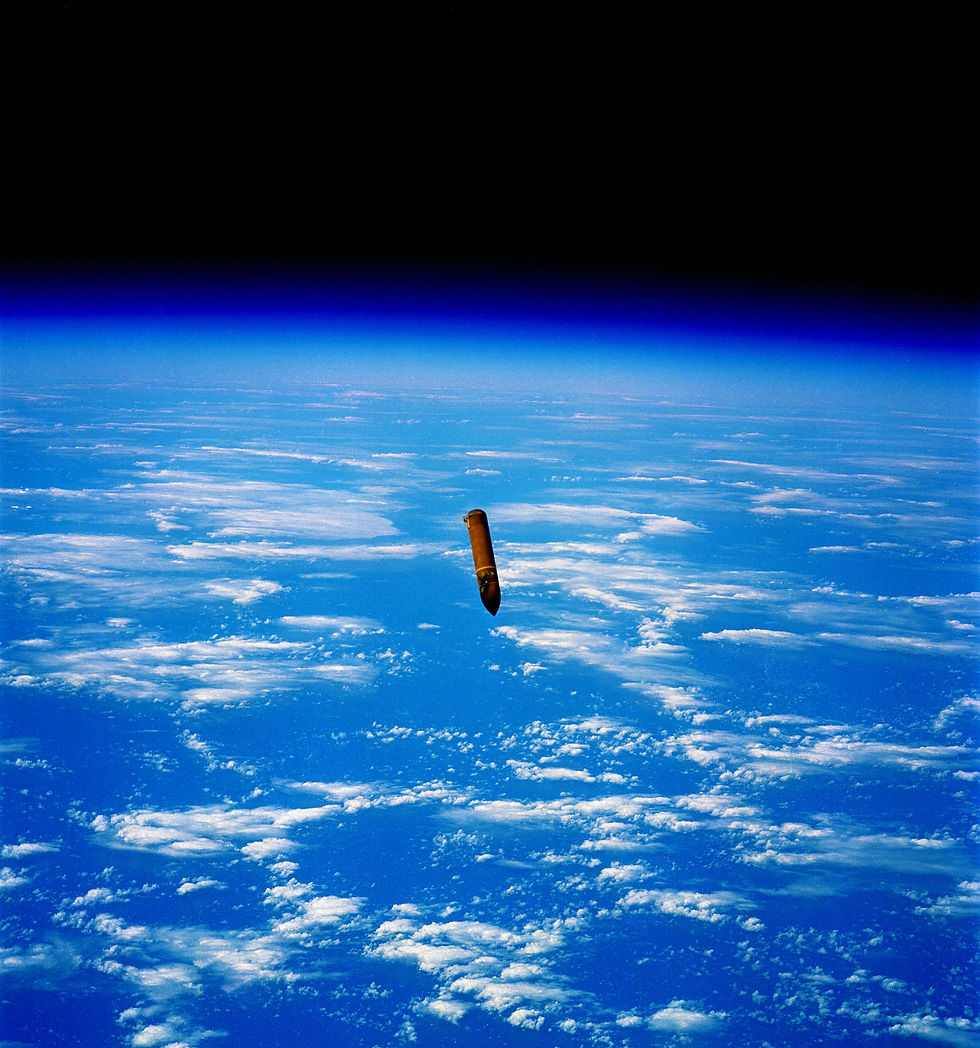
Solid Rocket Boosters
The Solid Rocket Boosters (SRB) provided 71.4% of the Space Shuttle's thrust during liftoff and ascent, and were the largest solid-propellant motors ever flown. Each SRB was 45 m (149.2 ft) tall and 3.7 m (12.2 ft) wide, weighed 68,000 kg (150,000 lb), and had a steel exterior approximately 13 mm (.5 in) thick. The SRB's subcomponents were the solid-propellant motor, nose cone, and rocket nozzle. The solid-propellant motor comprised the majority of the SRB's structure. Its casing consisted of 11 steel sections which made up its four main segments. The nose cone housed the forward separation motors and the parachute systems that were used during recovery. The rocket nozzles could gimbal up to 8° to allow for in-flight adjustments.
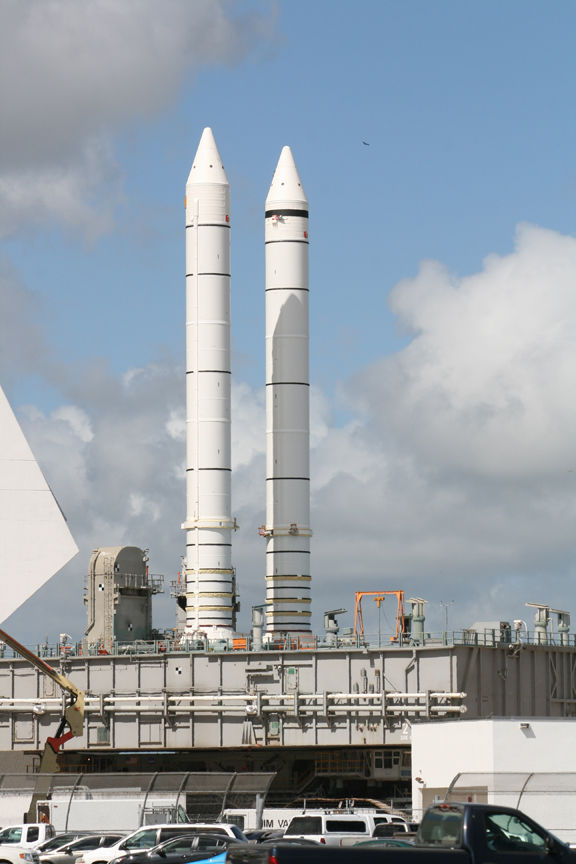
Space Shuttle Launch
there are three stages of Space Shuttle Lanunch:
Lift-Off: the first stage is liftoff from the launcher by all Rockets this stage take the space shuttle out of the Atmoshpere it is considered more dangerous stage.
Solid Fuel Booster Separation: the second stage the Solid Booster Rocket burnout and separation from Externak Tank at altitude 45km, and then space shuttle continue flight to Centrifugal force and make orbit aruond the Earth.
Main Engine Cut-Off: after Space Shuttle get Centrifugal Force the Main Engine of Space Shuttle will cutoff automatically, and the Space Suttle separation from External Tank after 10 seconds of Main Engine cutoff, then Space Shuttle maneuver the Orbit.
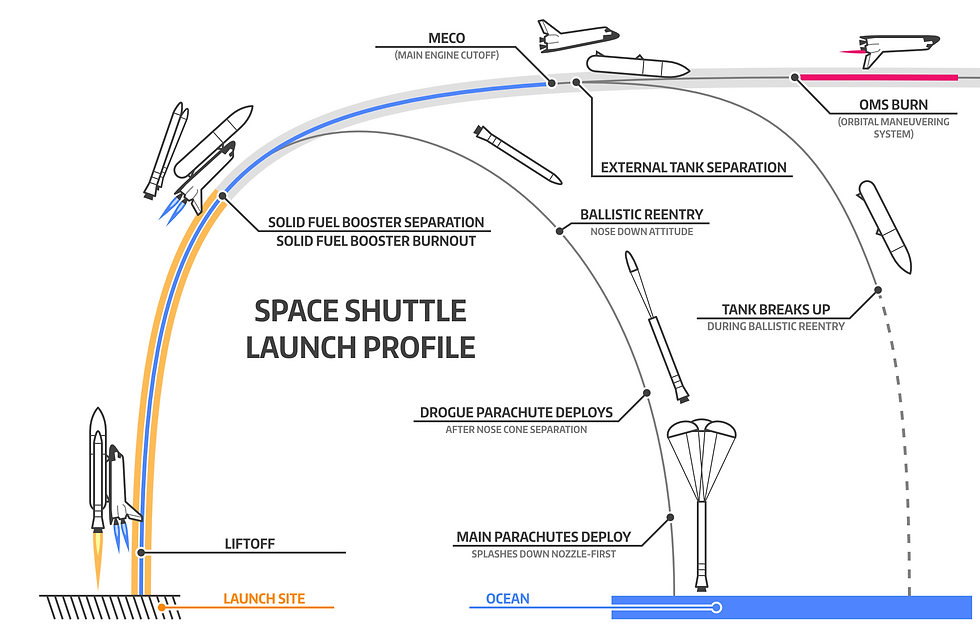
Space Shuttle In Orbit
The type of mission the Space Shuttle was assigned to dictated the type of orbit that it entered. The initial design of the reusable Space Shuttle envisioned an increasingly cheap launch platform to deploy commercial and government satellites. Early missions routinely ferried satellites, which determined the type of orbit that the orbiter vehicle would enter. Following the Challenger disaster, many commercial payloads were moved to expendable commercial rockets, such as the Delta II. While later missions still launched commercial payloads, Space Shuttle assignments were routinely directed towards scientific payloads, such as the Hubble Space Telescope, Spacelab, and the Galileo spacecraft. Beginning with STS-74, the orbiter vehicle conducted dockings with the Mir space station. In its final decade of operation, the Space Shuttle was used for the construction of the International Space Station. Most missions involved staying in orbit several days to two weeks, although longer missions were possible with the Extended Duration Orbiter pallet. The 17 day 15 hour STS-80 mission was the longest Space Shuttle mission duration.
Space Shuttle Control
in the cockpite of Space Shuttle there are three control units, at the Commandr seat, Pilot seat and behind aft seat.
the Commander unit used for laonch, re-entry, landing and can used in the orbit too. and the same in the Pilot unit.
wile the aft control used for orbiter mission, payload, and used for dock to the Inernational Space Sation(ISS).

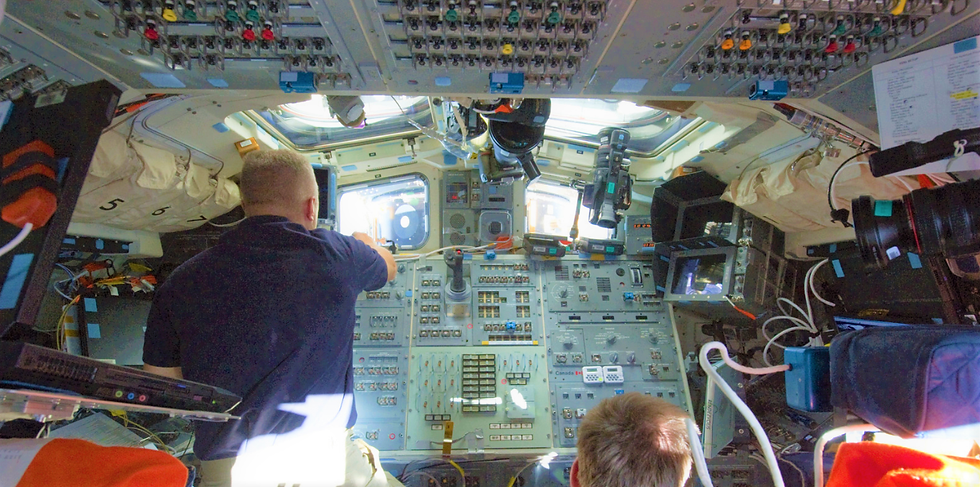
Space Shuttle And Spacewalk Missions
The crwe astronouts can go outside of Space Shuttle by using the Airlock for launch Satellite, or fix something.
An astronaut spacewalk is a dangerous extra vehicular activity which requires astronauts to exit the relative safety of their space shuttle to perform work on its exterior. The process adheres to strict safety procedures, requires extensive safety equipment, and is only performed when a space agency determines it is absolutely necessary.
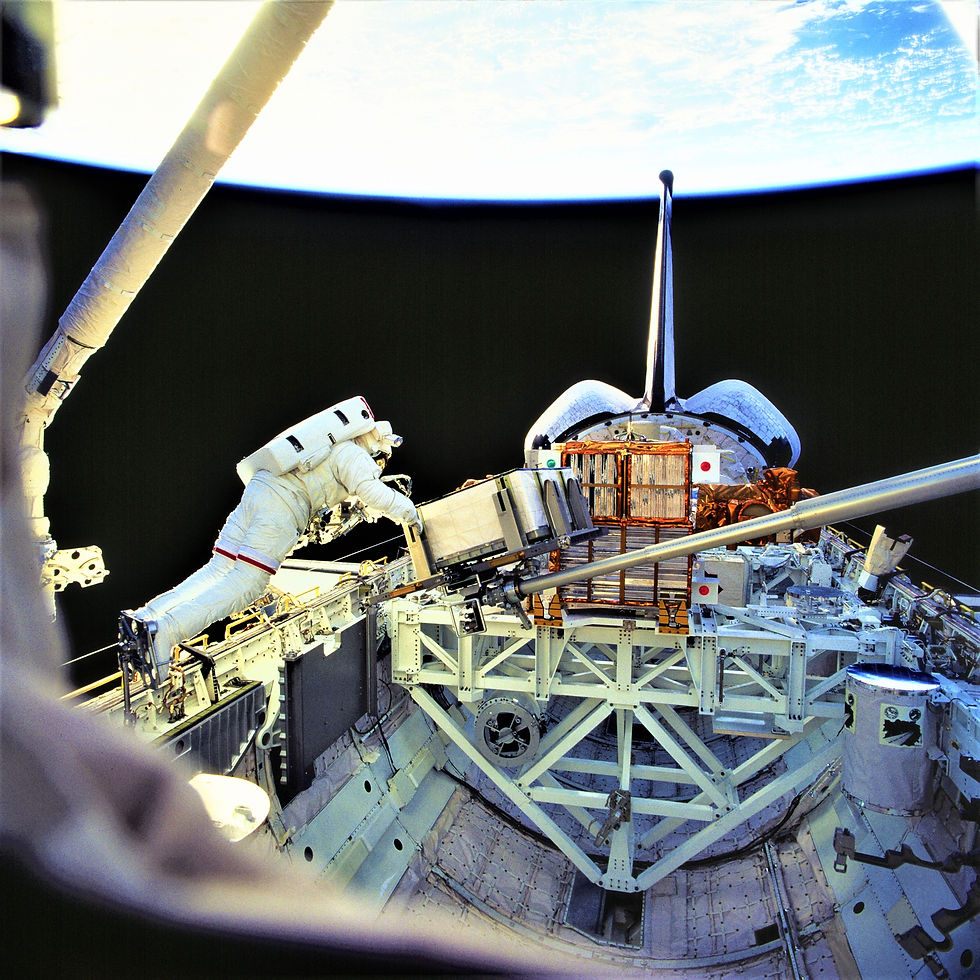
Airlock
the Airlock is room with two entrances that allows an astronaut to go on a spacewalk without letting the air out of the spacecraft.
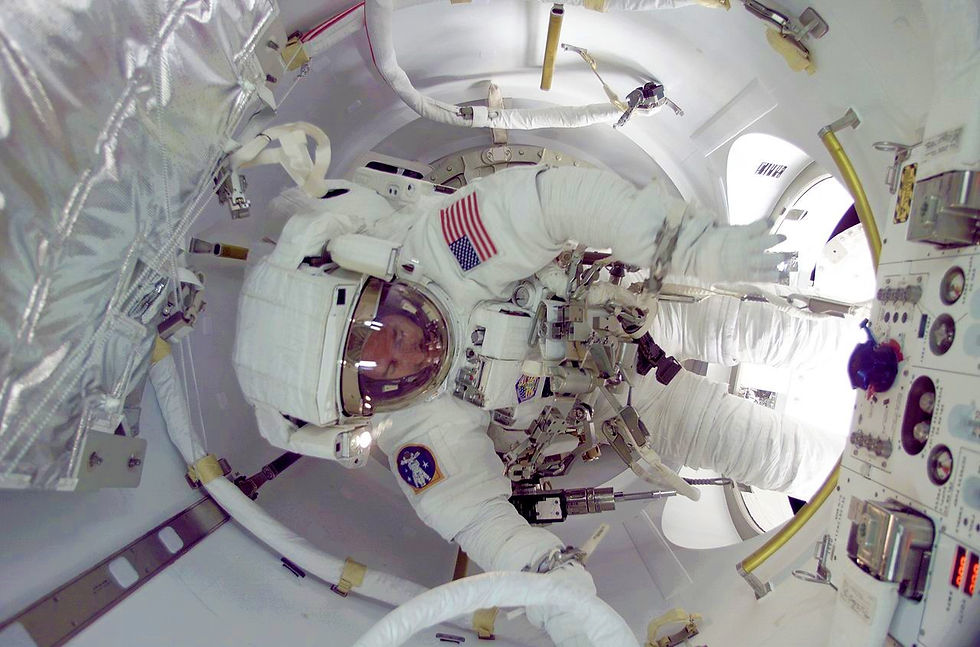
Re-entry and landing
Approximately four hours prior to deorbit, the crew began preparing the orbiter vehicle for reentry by closing the payload doors, radiating excess heat, and retracting the Ku band antenna. The orbiter vehicle maneuvered to an upside-down, tail-first orientation and began a 2–4 minute OMS burn approximately 20 minutes before it reentered the atmosphere. The orbiter vehicle reoriented itself to a nose-forward position with a 40° angle-of-attack, and the forward reaction control system (RCS) jets were emptied of fuel and disabled prior to reentry. The orbiter vehicle's reentry was defined as starting at an altitude of 120 km (400,000 ft), when it was traveling at approximately Mach 25. The orbiter vehicle's reentry was controlled by the GPCs, which followed a preset angle-of-attack plan to prevent unsafe heating of the TPS. The GPCs also controlled the multiple aerobraking S-turns, using only the roll axis, to dissipate excess speed without changing the angle-of-attack. The orbiter vehicle's aft RCS jets were disabled as it descended and its ailerons, elevators, and rudder became effective in the lower atmosphere. At an altitude of 46 km (150,000 ft), the orbiter vehicle opened its speed brake on the vertical stabilizer. At 8 minutes 44 seconds prior to landing, the crew deployed the air data probes, and began lowering the angle-of-attack to 36°. The orbiter's maximum glide ratio/lift-to-drag ratio varied considerably with speed, ranging from 1.3 at hypersonic speeds to 4.9 at subsonic speeds. The orbiter vehicle flew to one of the two Heading Alignment Cones, located 48 km (30 mi) away from each end of the runway's centerline, where it made its final turns to dissipate excess energy prior to its approach and landing. Once the orbiter vehicle was traveling subsonically, the crew took over manual control of the flight.

The approach and landing phase began when the orbiter vehicle was at an altitude of 3,000 m (10,000 ft) and traveling at 150 m/s (300 kn). The orbiter followed either a -20° or -18° glideslope and descended at approximately 51 m/s (167 ft/s). The speed brake was used to keep a continuous speed, and crew initiated a pre-flare maneuver to a -1.5° glideslope at an altitude of 610 m (2,000 ft). The landing gear was deployed 10 seconds prior to touchdown, when the orbiter was at an altitude of 91 m (300 ft) and traveling 150 m/s (288 kn). A final flare maneuver reduced the orbiter vehicle's descent rate to 0.9 m/s (3 ft/s), with touchdown occurring at 100–150 m/s (195–295 kn), depending on the weight of the orbiter vehicle. After the landing gear touched down, the crew deployed a drag chute out of the vertical stabilizer, and began wheel braking when the orbiter was traveling slower than 72 m/s (140 kn). After the orbiter's wheels stopped, the crew deactivated the flight components and prepared to exit.
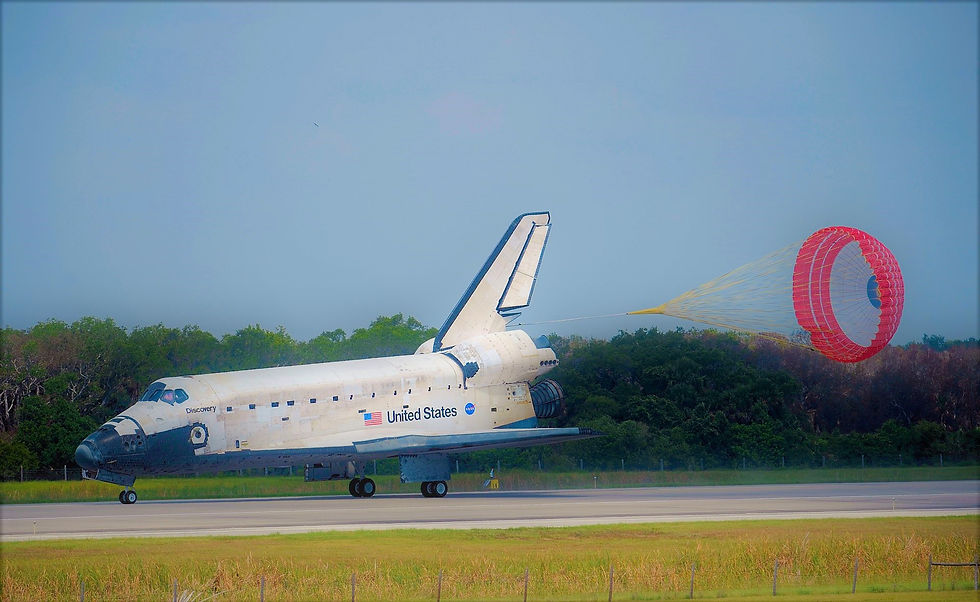



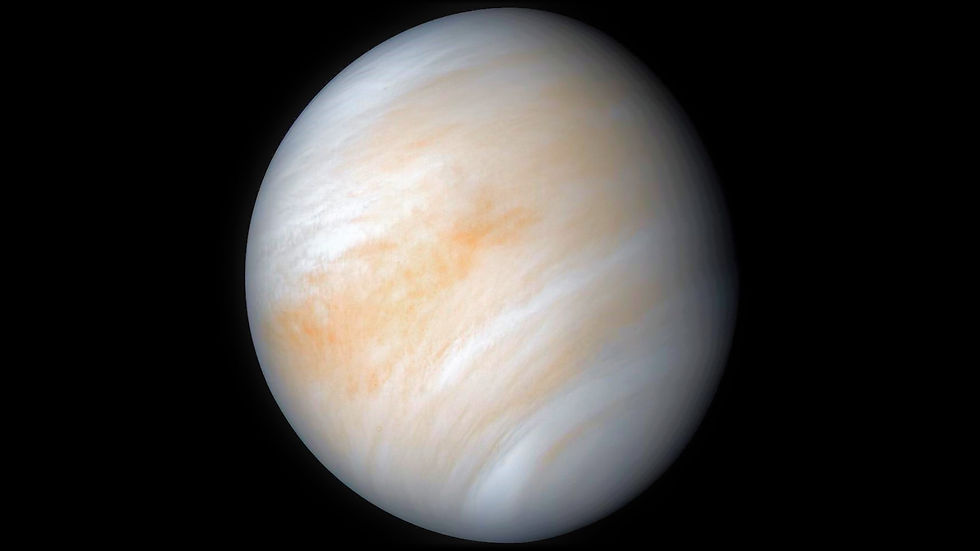
تعليقات